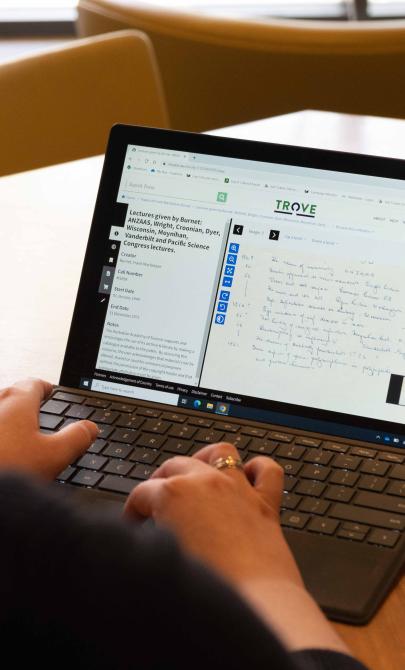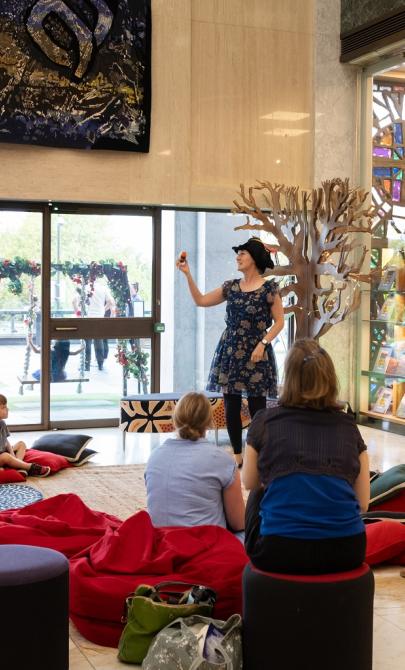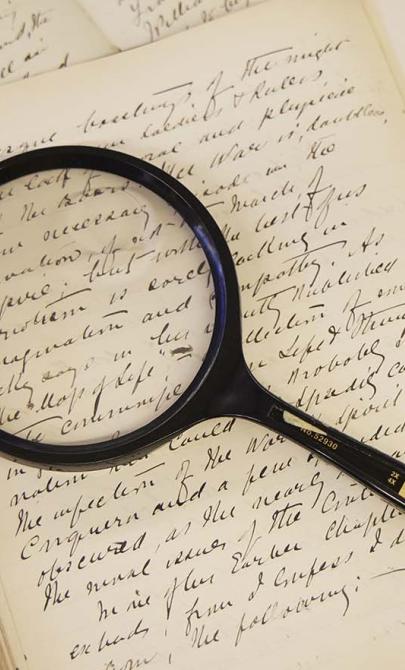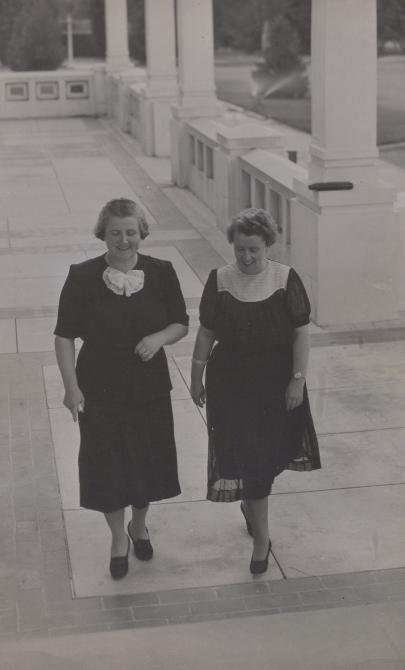Trailblazing women lawyers
About this module
Using an inquiry-based approach, this module develops students' skills as historians through engaging historical sources. Featuring sources from the National Library's collections, the resource caters for flexible approaches to suit diverse classroom contexts and learning styles.
Copyright for teachers
You can download all collection materials in this resource for education purposes. For more information, go to copyright for teachers.
This module draws from the collections of the National Library of Australia, with a particular focus on the Oral History and Folklore collection project Trailblazing Women and the Law.
Digital Classroom: Trailblazing Women Lawyers
Topics in this module
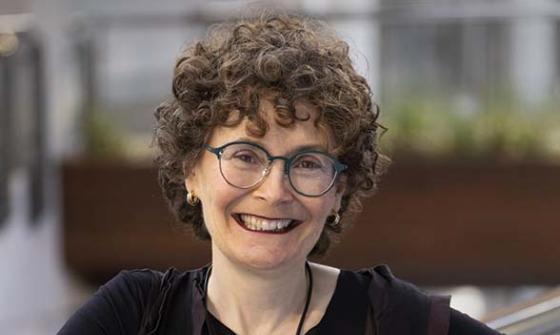
Professor Kim Rubenstein, photo courtesy of Michael Silver
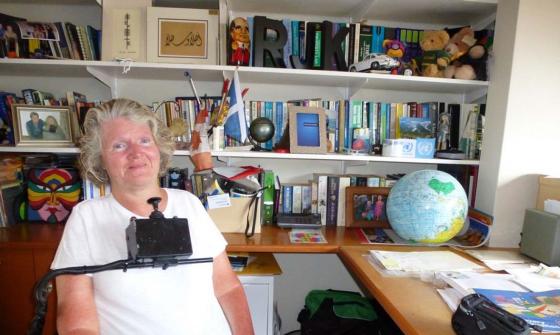
Rosemary Kayess, 2015, photo courtesy of Kim Rubenstein
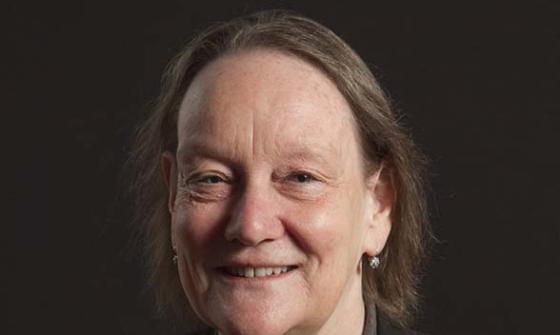
Lannon Harley, Photograph of Jane Connors, 2014
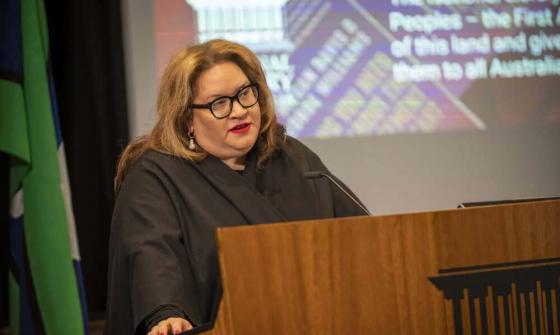
Irene Dowdy & National Library of Australia, Professor Megan Davis, Cobble Cobble woman of the Barunggam Nation, presenting the 2022 Kenneth Myer Lecture, nla.gov.au/nla.obj-3135627148

United Nations Association of Australia, Collection of posters from United Nations Association of Australia (detail), 1978, nla.gov.au/nla.obj-2847513995

Erika Feller, photo courtesy of Kim Rubenstein
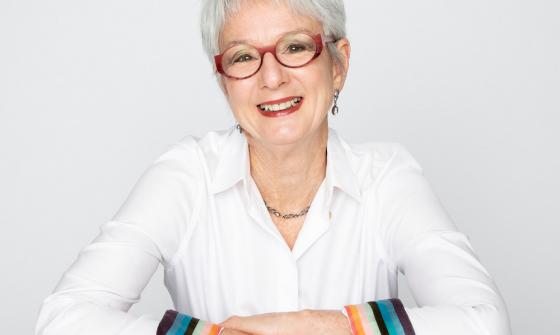
Catherine Branson

Gillian Triggs interviewed for oral history
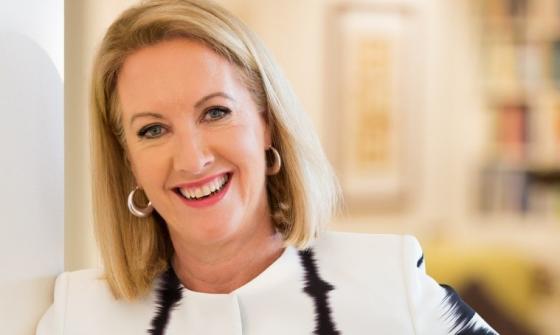
Elizabeth Broderick, courtesy of Helen Melville
Introductory activities
The Trailblazing Women and the Law oral history project highlights the lives and contributions of women who have worked to make society more inclusive, not only in Australia but around the world. These stories provide an opportunity to reflect on key ideas about inclusion, equality, and diversity, and to consider the value of oral histories as a way of understanding the past.
Activity 1: Explore inclusivity
Start an open conversation about inclusivity with students and ask:
- What do they understand inclusive to mean? Explore the definition together.
- What does it mean to have a truly inclusive society?
- How are inclusivity, equality, diversity, and intersectionality connected?
- What does the word trailblazing mean? Can you think of other situations where it applies?
- Why is an oral history recording valuable as a source? How might it give a different perspective compared to a written account?
- What are the strengths and weaknesses of oral histories as a way of recording and understanding history?
Concluding activities
Deepen your understanding of oral history and its significance by exploring the National Library of Australia’s Oral History and Folklore Collection.
Activity 2: Oral history project
As a class, develop an oral history project from start to finish. Here are some steps to guide you:
- Choose a theme: What story or community do you want to focus on?
- Decide who to include: Who will you interview for the project?
- Prepare your questions: What questions will help you uncover meaningful stories and perspectives?
- Plan the logistics:
- How will you record the interviews?
- Where will the recordings be stored?
- Inform participants: Before interviews, make sure participants understand:
- The purpose of the project.
- How their stories will be recorded, stored, and used.
- Their rights to access, withdraw, or place conditions on their material.
Activity 3: Dive into inspiring examples
Explore the Australian Women Lawyers as Active Citizens exhibition to learn about the women featured and their impact on the legal field.
- Use the Occupations Tab to see the diverse roles these women held.
- Check out the Jurisdictions Tab to understand where they practiced law.
- Read about Rachael Wallbank, who transitioned from Richard Wallbank, through the exhibition and her autobiography.
This activity not only strengthens research and organisational skills but also helps students connect with personal stories that bring history to life
Curriculum links
This resource aligns with the Australian Curriculum: Year 10 History: Humanities and Social Sciences.
It supports students in developing historical inquiry skills by engaging with key events, ideas, individuals, and movements from 20th century Australia and the world. Through analysis of primary and secondary sources, students explore causes and effects, consider changes and continuities, and evaluate multiple perspectives on significant developments leading up to, during, and following the Second World War. Encouraging critical thinking, evidence-based analysis, and historical interpretation. It also supports the development of General Capabilities including Literacy, Critical and Creative Thinking, Intercultural Understanding, and Personal and Social Capability.
- The contributions of significant individuals and groups in the campaign for the recognition of the rights of First Nations Australians and the extent to which they brought change to Australian society (AC9HH10K10)
- The significant events and methods in the movement for the civil rights of First Nations Australians and the extent to which they contributed to change (AC9HH10K11)
- The significant events, individuals and groups in the women’s movement in Australia, and how they have changed the role and status of women (AC9HH10K12)
- The continuing efforts to create change in the civil rights and freedoms in Australia, for First Nations Australians, migrants and women (AC9HH10K13)
- The origins and significance of the Universal Declaration of Human Rights, including Australia’s involvement in the development of the declaration (AC9HH10K15)
- Changing social, political, economic, cultural, environmental and technological conditions, and the causes of a major global influence in Australia (AC9HH10K17)
- Continuities and changes in perspectives, responses, beliefs and values that have influenced the Australian way of life (AC9HH10K18)
